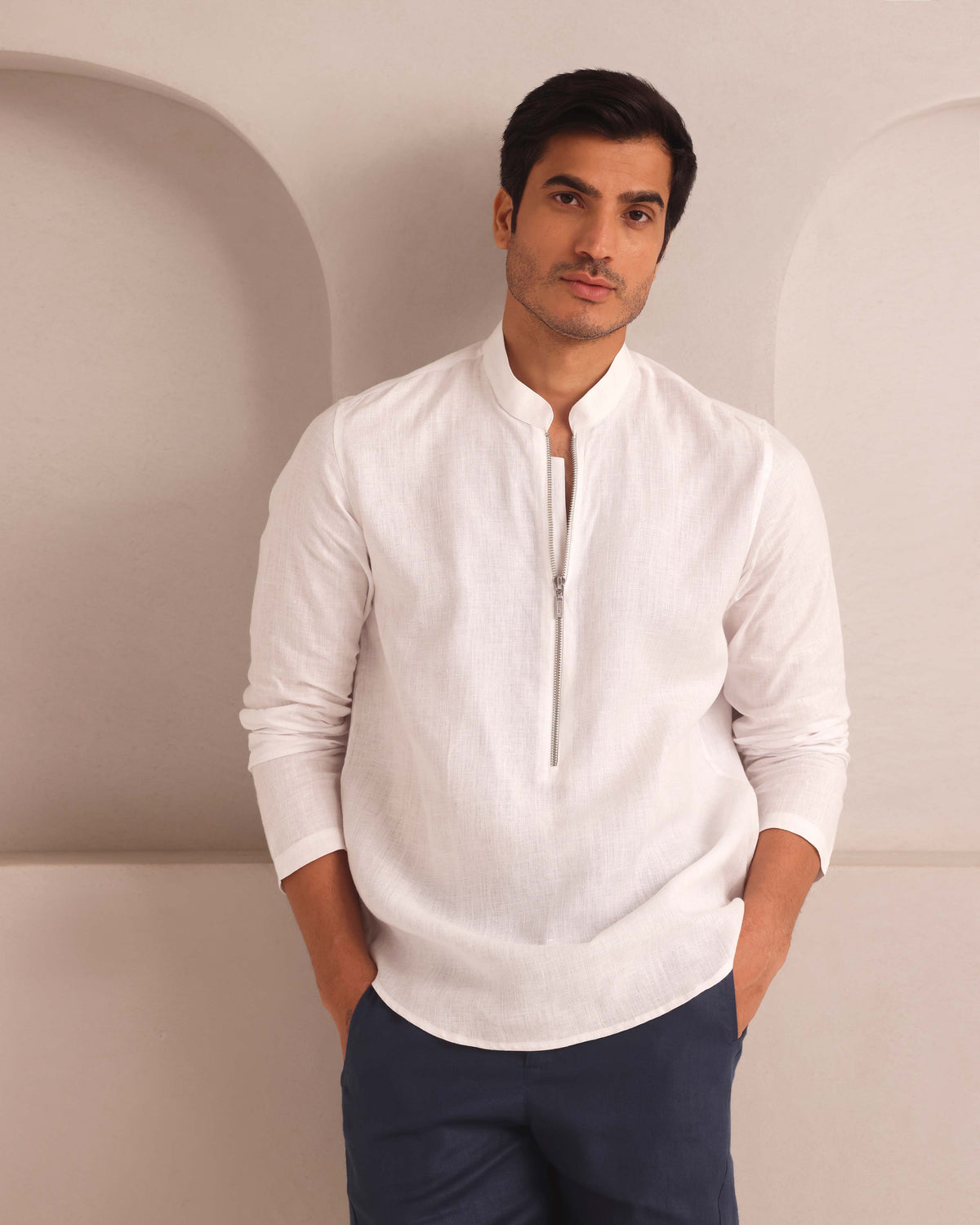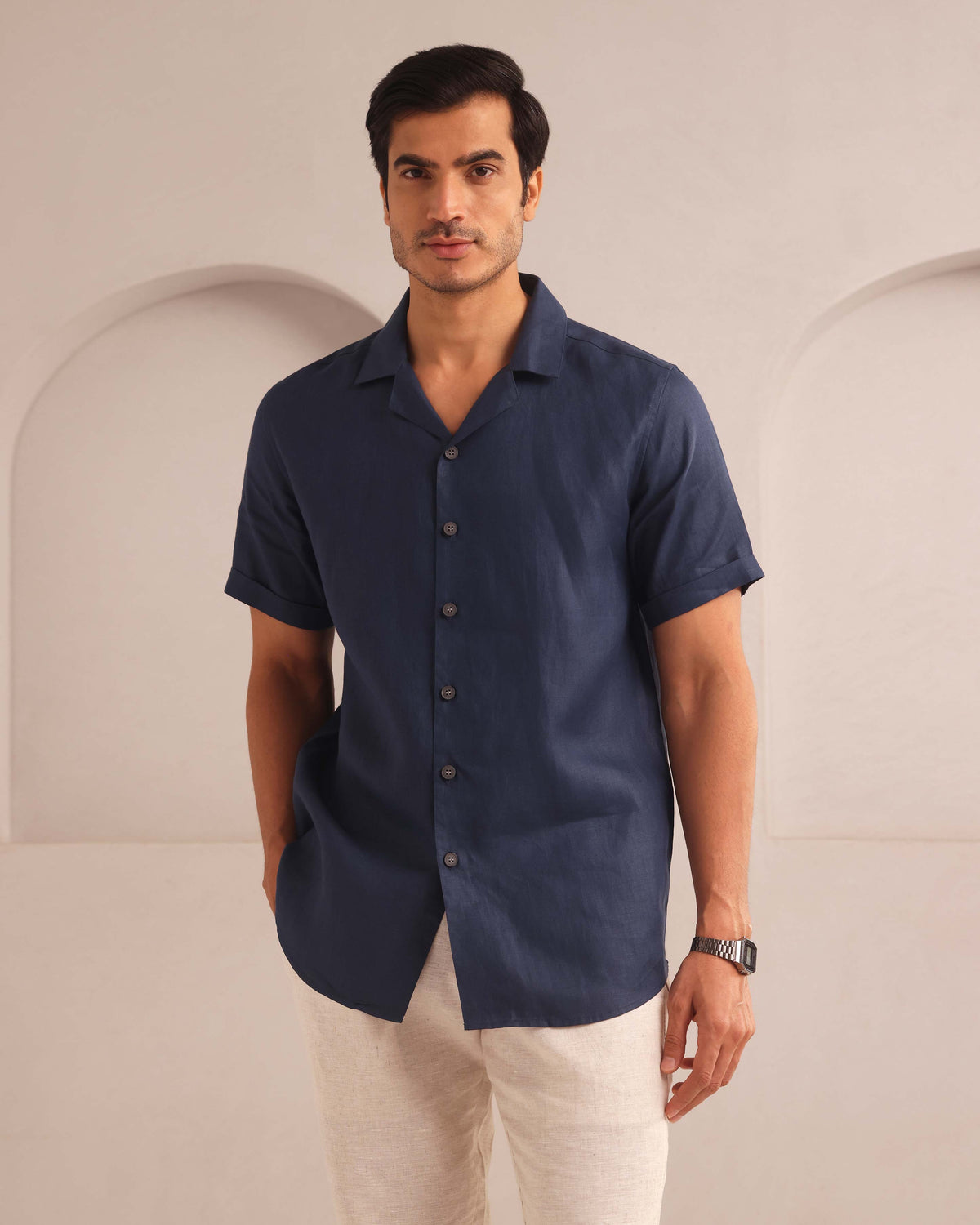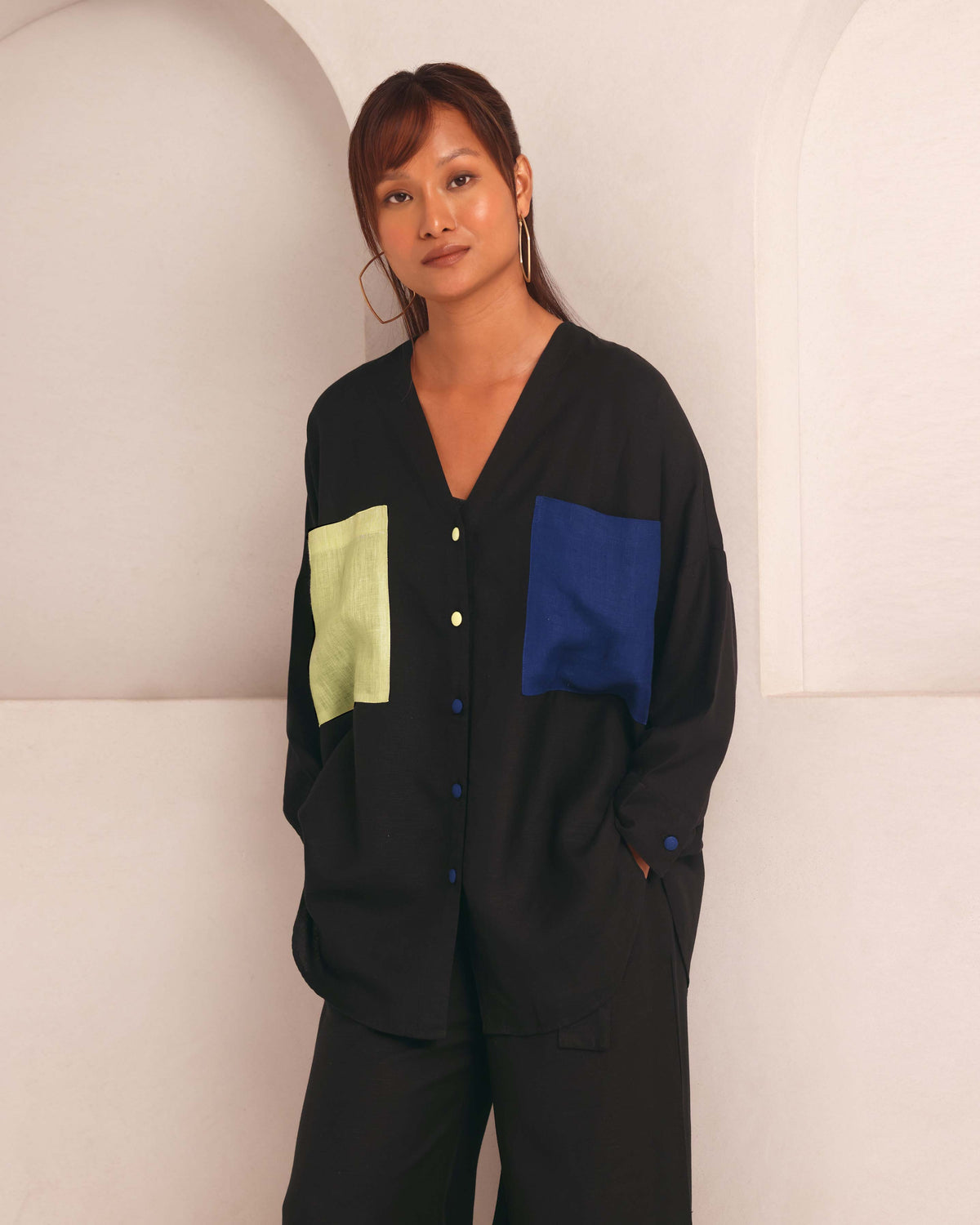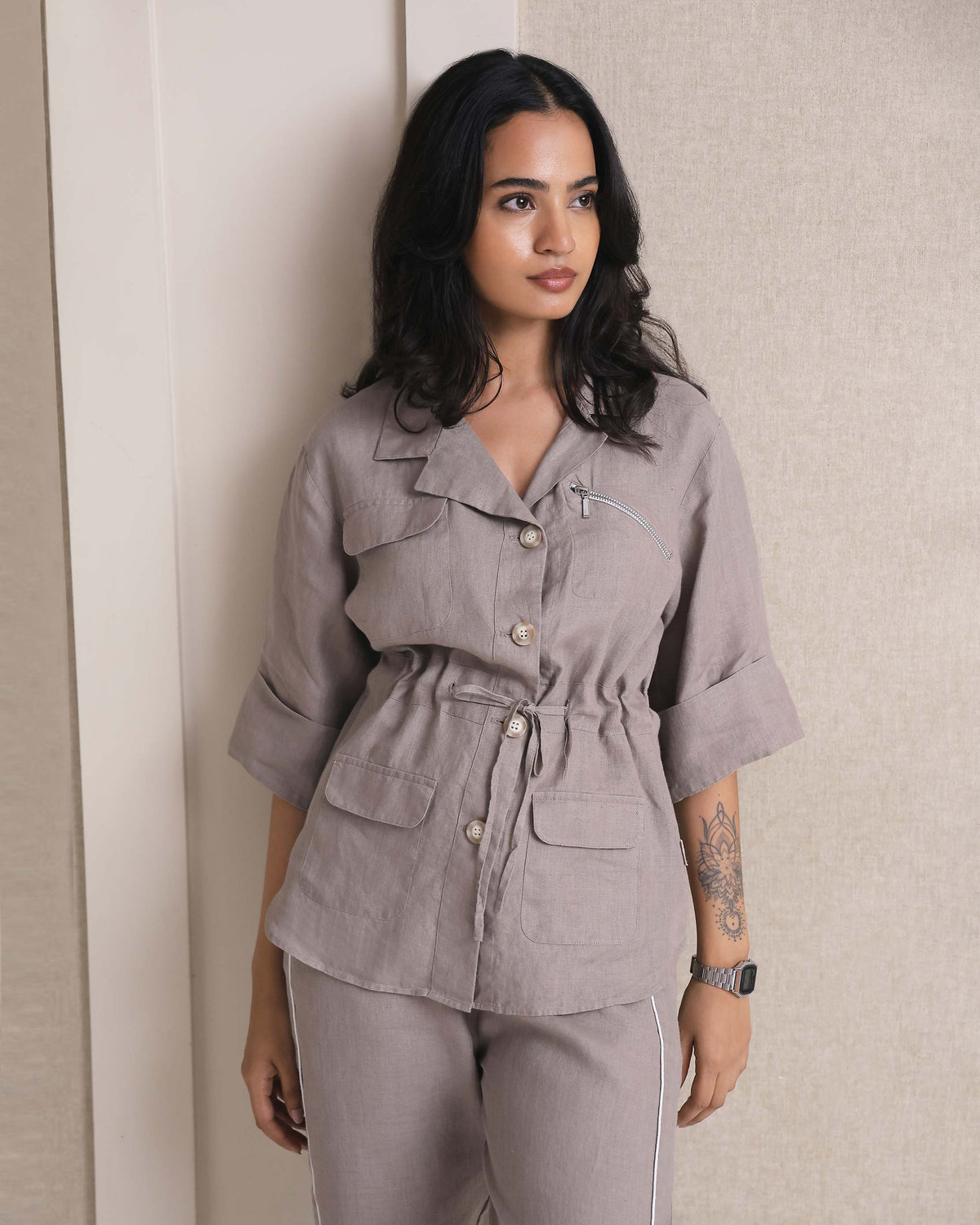While the world of fashion, is all about the glamour and the lights, there is a dark and dingy side to it as well. Use of toxic colorant, cheap manufacturing units, and underpaid labor, are some of the harsh realities. Some very well-known fashion brands have been held responsible for the issues mentioned above.
While vibrant colors and beautiful finishes on the fabric may appeal to you, did you know that a lot of it is achieved with the use of dyes that are toxic? Polyester, which happens to be one of the most used materials in the world of fashion, gives away non-biodegradable lint while being washed. This lint, then makes its way into the food chain, by being consumed by the aquatic life.
How To Make A Difference?
As consumers, it is our duty to do our research before buying and supporting certain brands. This way, we will be fulfilling a part of our duty towards the environment. Use of natural fabrics and buying from brands which are known for their contribution towards the environment will be a good starting point. Apart from that, repairing clothes and not just replacing them with a new one will be a good idea.
What Is Fast Fashion?
The whole idea of fast fashion is to make cheap clothes, and sell them at an economic rate so that more people buy it. However, it is not all that simple; in order to create, cheap fashion items, brands overlook a number of factors, just to cut costs. So use of toxic dyes, cheaper non-biodegradable fabrics, creating wastes, etc., all become commonplace. Unless the consumers become aware of this nuisance and act on it, things will continue to go downhill for the environment.
Textile waste happens to be an unintended consequence of fast fashion. The need to push people into buying new clothes and not keeping them for long exacerbates the issue to a global level. The newness in the shopping racks, and the changing trends, all seem too attractive to let go, and we often do not mind reaching our credit card limits to get hold of new garments, therefore, it is awareness that we all lack.
What Can You Do To Make A Difference?
As mentioned above, choosing the right kind of textile fibers is a very good place, to start from. Choosing organic, biodegradable fabrics is the way to go. Hemp clothing happens to be very trendy, yet environmentally friendly. Plus, it is very durable and looks stylish.
B Label is one such brand, which has made Hemp fabric very cool, by coming up classy, contemporary clothing which is not only comfortable but looks like a million bucks.
In the attempts to use environmental waste, switch from sticky, tight polyester clothing to comfortable and easy breathing hemp clothing. It is a much better sustainable alternative to synthetic fibers.
Next up, try and use up your clothes as much as you can. We are not asking you to wear tattered rags, but try and buy less, and wear what you have to get your money’s worth as well. Reducing pressure from our natural resources is the end goal, therefore, we need to reduce the problem of growing waste.
Also, give your clothes to charity or get them recycled, when you no longer wish to wear them. Be a smart buyer and do not get fooled by sales, pick up the pieces which will last you a long time, so that when you are bored of wearing the garment concerned, you can hand it down to someone else.
There are a number of companies, including B-Label which are relentlessly trying to reduce their impact on the environment and these small steps together will bring across a bigger change in the long run. Also, holding brands accountable and not buying from those who are not putting environmental sustainability at the top of their list is another point.
Once you realize the kind of impact fast fashion has on the ecosystem, you will be more than willing to bring about a positive change. Yes, it will be a tough adjustment, but every bit worth the effort.










































0 comments